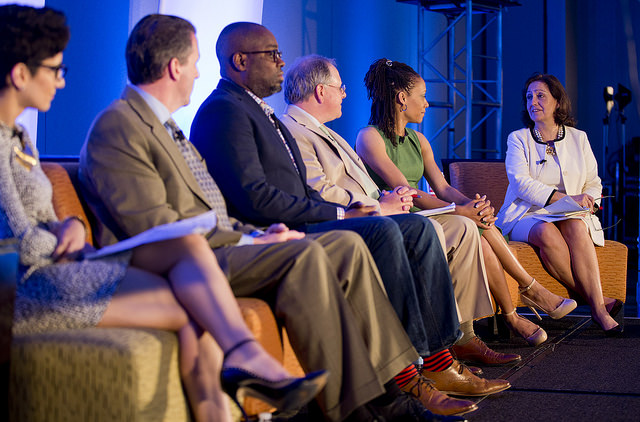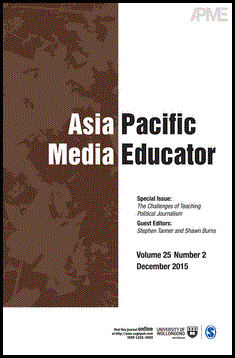How is the Media Hindering Gender Equality and Women’s Human Rights?
 The news media has the potential to play a critical role in improving gender equality and women’s human rights. However, the patriarchal nature of the media hinders such improvements. Media sexism and male-dominated power structures are continually shifting and finding new forms of representation and practice. The perpetuation of this system is materialized by different institutions—government, parties, schools and media—and through different mechanisms—laws and policies, curriculum and cultural products. Patriarchy in the media perpetuates traditional gender roles for both women and men. By associating women with the domestic sphere and men with the public, women are stereotyped as being less capable of working in the public sphere, including fields like politics, media, and education. The media could help empower women socially, politically and economically by reducing poverty, illiteracy, gender-based violence and social segregation. Instead, media content reproduces sexist stereotypes that discriminate against women.
The news media has the potential to play a critical role in improving gender equality and women’s human rights. However, the patriarchal nature of the media hinders such improvements. Media sexism and male-dominated power structures are continually shifting and finding new forms of representation and practice. The perpetuation of this system is materialized by different institutions—government, parties, schools and media—and through different mechanisms—laws and policies, curriculum and cultural products. Patriarchy in the media perpetuates traditional gender roles for both women and men. By associating women with the domestic sphere and men with the public, women are stereotyped as being less capable of working in the public sphere, including fields like politics, media, and education. The media could help empower women socially, politically and economically by reducing poverty, illiteracy, gender-based violence and social segregation. Instead, media content reproduces sexist stereotypes that discriminate against women.
The issue is complex and involves gender representation in news content, participation of women as reporters and gender policies for news practices. An article entitled “News Media Coverage of Women” from the Asia Pacific Media Educator looks at this issue and offers some proposals to make the media a tool for improving gender equality and women’s human rights.
The most relevant initiative to take on this issue has come from the Global Alliance on Media and Gender (GAMAG). Launched in 2013 by the United Nations Educational, Scientific and Cultural Organization (UNESCO), GAMAG is a multi-stakeholder group that includes more than 500 organizations representing scholars, journalists and activists. The main goal of GAMAG is to combine efforts and resources to achieve gender equality in media systems, structures, and content, as well as to promote citizens’ media dialogue to ensure women’s freedom of expression, empowerment and full participation in society. GAMAG has the potential to produce change in the news media at different levels, including at the structural, content, and policy levels, but such change will take time.
The abstract:
News media organizations have the power to reinforce gender inequality through the dissemination of gender stereotypes. The issue is multidimensional and involves gender representation in news content, participation of women as reporters and gender policies for news practices. This article looks at this issue before, drawing on the work of Grizzle, offering some proposals to make news a tool for improving gender equality and women’s human rights.
You can read “News Media Coverage of Women” from Asia Pacific Media Educator free for the next two weeks by clicking here. Want to know all about the latest research from Asia Pacific Media Educator? Click here to sign up for e-alerts!
































































































